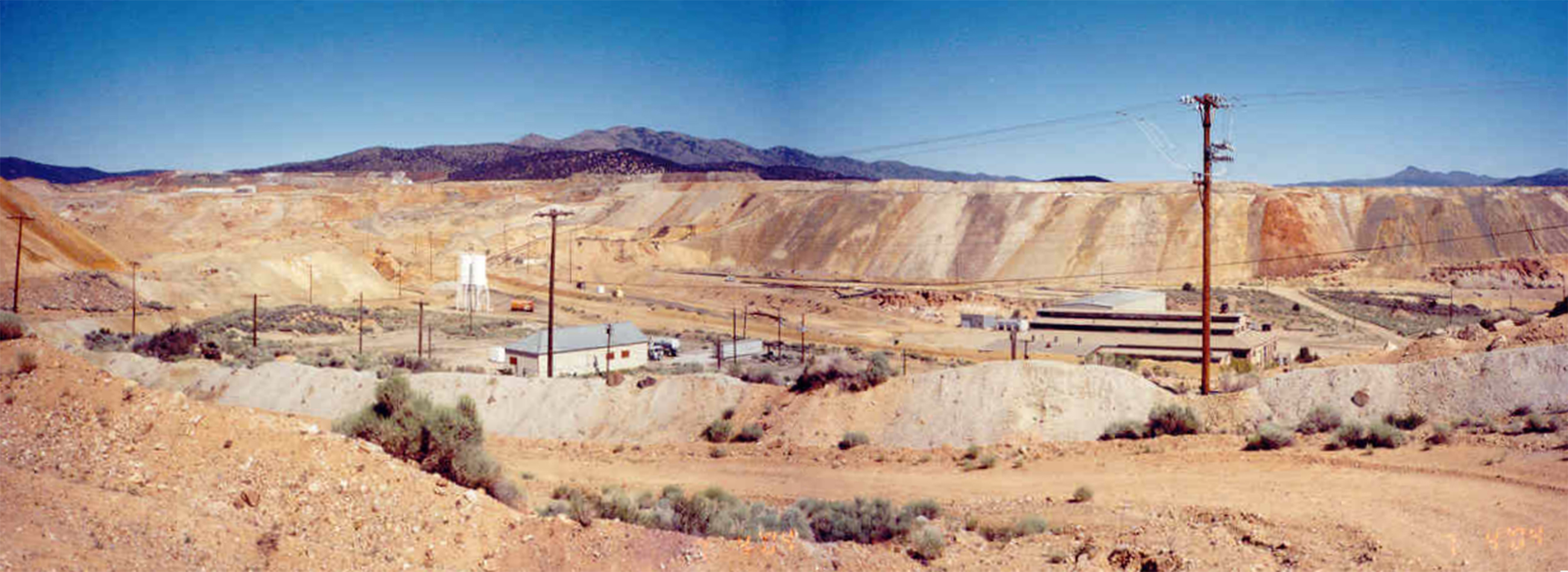The hardness of rocks is a fascinating and puzzling study for the beginning rockhound. The durability of gemstones is of great importance to anyone setting up a tumbler or starting to make cabochons. The rock’s resistance to wear (abrasion or “scratching”) is indicated by its hardness, or as sometimes defined by mineralogists, its “scratchability”. The hardness of any material depends upon the kind of atoms in its structure, and the closeness of their packing. Variation in hardness is due to the different arrangement and spacing of atoms.
For 150 years, the Mohs scale has been accepted and used to differentiate between hardness of various gems and minerals. It runs from 1 (talc) to 10 (diamond), but the scale is neither an exact nor a linear one. It indicates only that any mineral will scratch a mineral lower on the scale and be scratched by one higher on the scale. In Moh’s day there were no minerals or materials to place between 9 (corundum) and 10 (diamond), yet diamond is approximately 6 times harder than corundum. Now there are man-made carbides to fill some of the gap, as well as a boron nitride reputed to be slightly harder than diamond. That is, it is said to scratch somewhat easier than it is scratched by diamond.
A more exact scale, much less frequently used, is that of the U.S. Bureau of Standards. The reason for its non-use is apparent, expensive equipment and considerable training is necessary. With Moh’s, anyone can do it. There is even a supplementary scale of the hardness of common minerals, which is very useful to rockhounds.
Fingernail about 2.5
Copper coin about 3
Knife blade about 5.5
Window glass about 5.5
Steel file about 6 to 7
The test for hardness is easy to accomplish: hold the specimen to be tested with a smooth and flat area up, drag the point of a mineral of known identity, or hardness, slowly across the specimen. Regardless of which material is harder, the appearance of a scratch is the same, a mark or streak is seen. Wipe the streak off carefully and inspect to see if an actual scratch has been made. If not, repeat test with harder mineral. Minerals of the same hardness will scratch each other. When testing cut gems, the hardness test should be used only as a last recourse, as it is quite easy to deface or cleave a cut stone. However, a scratch test can be made along the girdle with a hardness plate. This is a mineral from the Mohs scale, with a smooth, not polished, flat area across which the girdle of the faceted stone is dragged. If the girdle of the stone makes a scratch on the plate, it is harder than the plate; if no scratch, it is softer and you need to try a plate of lower hardness. When testing with hardness plates, remember that the hardness of the stone being tested is higher than that of the plate upon which the scratch is made. This is opposite of when hardness points are used, and the hardness of the mineral being tested is lower than the point making the scratch. To make hardness test plates, select minerals found on the Mohs scale. Small, ½ inch pieces, a cut or broken section of a sawed slab is excellent. Flatten one surface by lapping on glass with silicon carbide grit and water. Use 90-100 grit until saw marks or pits are removed. Then finish in the same way with 320 or 440 grit. Gem quality minerals are not necessary for hardness testing.
Source: From C.J. Parsons, Lapidary Journal, 12/64 via P.G.G.S. Petrograph 5/96 via Golden Spike News, June 2006




